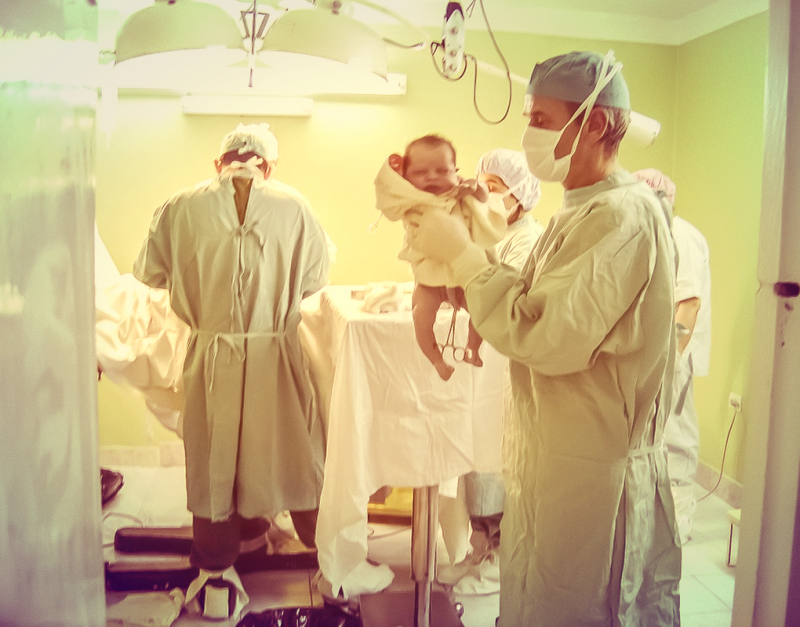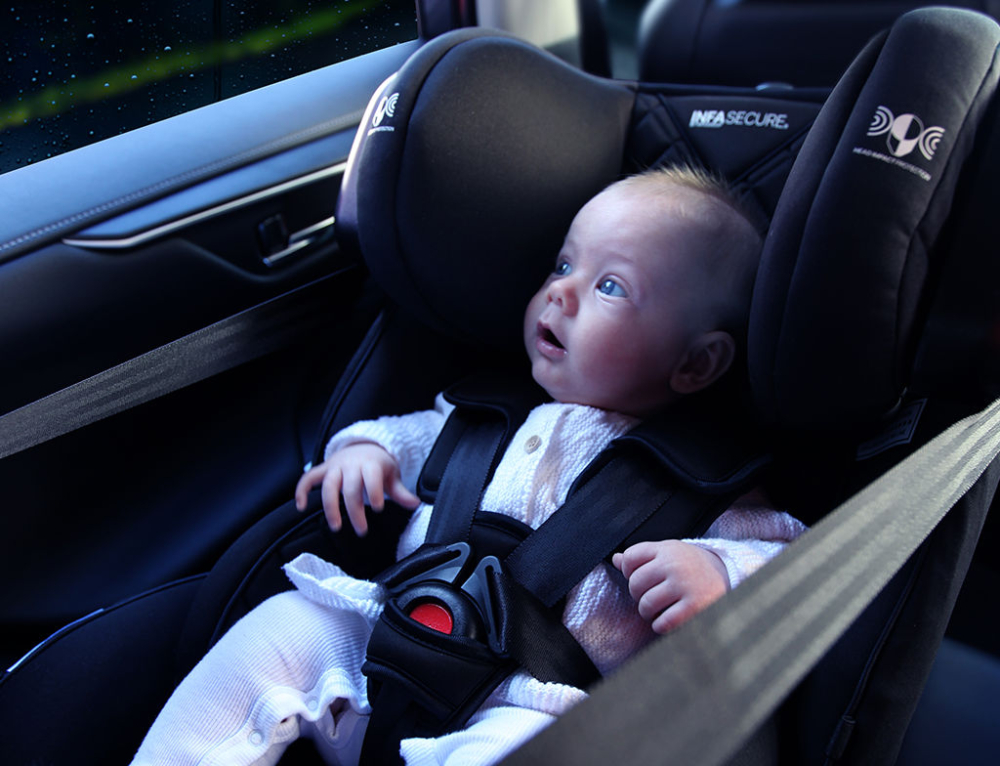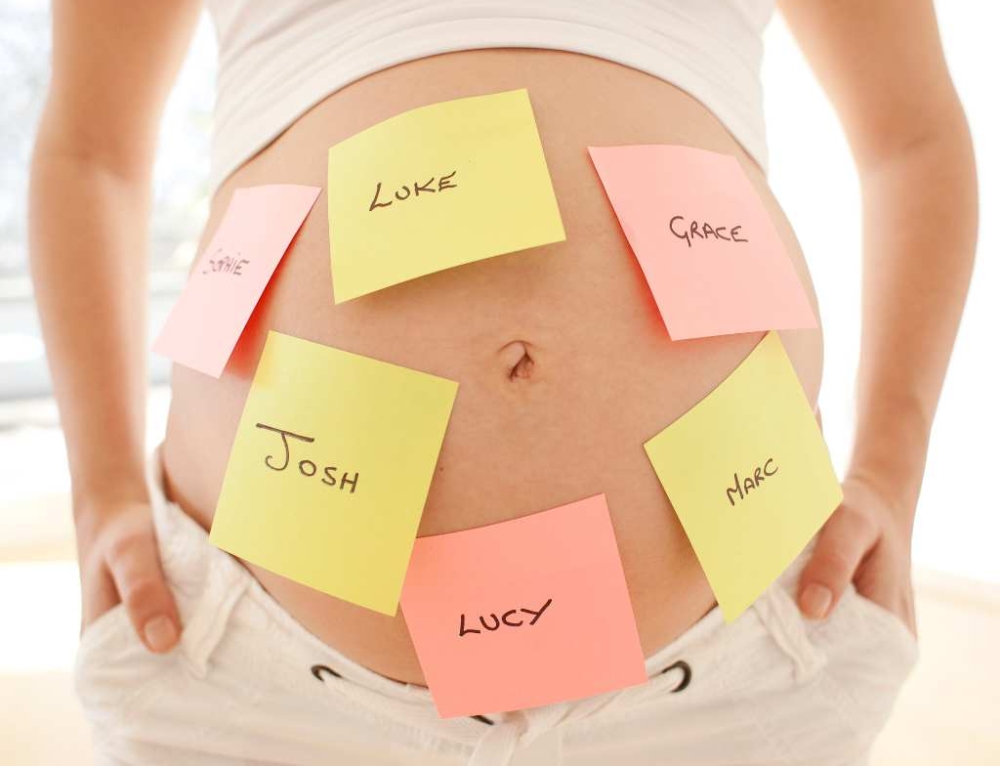The majority of New Zealand women give birth in hospital and, while you might be told about your choices on confirming your pregnancy with your GP, it’s also up to you to research where you give birth.
Dr Miriam Stoppard, author of Conception, Pregnancy and Birth (Dorling Kindersley), says there are various things to consider before booking your hospital bed. “There are so many choices to make about the way you’ll give birth and it’s important to know all of the options,” she advises. “It’s up to you and your partner to take an assertive, informed part in the way your labour will be handled.” Here’s all you need to know about giving birth in a labour ward:
How to choose a hospital
While your GP or midwife may inform you about which hospitals and birth centres are available in your area, you shouldn’t make a decision without physically checking them out for yourself. By speaking to midwives and touring the hospital with your partner you’ll be able to decide whether their birth philosophy fits with yours. Things to ask about include:
- c-section and intervention rates
- accommodation for mum and baby post-birth
- whether there’s an early-discharge home midwife service
What to expect with a hospital birth
You’ll usually travel to hospital while you’re in labour. On arrival you’ll go through a brief admissions procedure and then your midwife will take your pulse, temperature and blood pressure. She’ll also check your baby’s position through feeling your abdomen and listen to your baby’s heart and will most likely do an internal to see how much your cervix has dilated and whether your waters have broken.
“You’ll probably be asked to wear a foetal monitor for about 20 minutes, but afterwards you should be able to move around as you want,” adds Dr Stoppard.
Various checks will happen throughout labour, and you should be vocal regarding whether you want your membranes manually ruptured, if they haven’t already.
While mum and baby can stay in hospital for a few days post-birth, it is unlikely that there’ll be a place for your partner or family to sleep. If you feel ready, you can ask for early discharge, either hours after your birth, or the next day.
The positives of a hospital birth
If you’re unsure whether you’ll need medication during birth, whether pethidine or an epidural, it will be on hand if you’re booked into a labour ward. It’s also recommended as the safest place to give birth if you’re suffering from heart disease or diabetes, if you’re expecting twins or if your baby is in the breech position.
Post-birth there will also often be a ‘nursery’ where midwives will look after your newborn if you need to get some rest, and experts who can advise on breastfeeding.
The negatives of a hospital birth
Some labour wards insist that women must have ‘nil by mouth’ when they arrive at the hospital to give birth, in other words no eating or drinking, not even energy drinks to keep you going during labour. This is in case an emergency c-section needs to be performed.
Get to know your hospital
While the thought of arriving at the hospital – possibly in the dead of night – while in the middle labour might seem scary, Dr Stoppard says scoping it out a couple of times in advance can alleviate much of your anxiety. “Try and visit the hospital of choice at least once, or more if possible. It’s best if you and your partner do this together so that you both get to know the place and the people and will feel confident when you are there for the birth itself,” she advises, adding that you should always make an appointment before a hospital visit.







Leave A Comment
You must be logged in to post a comment.